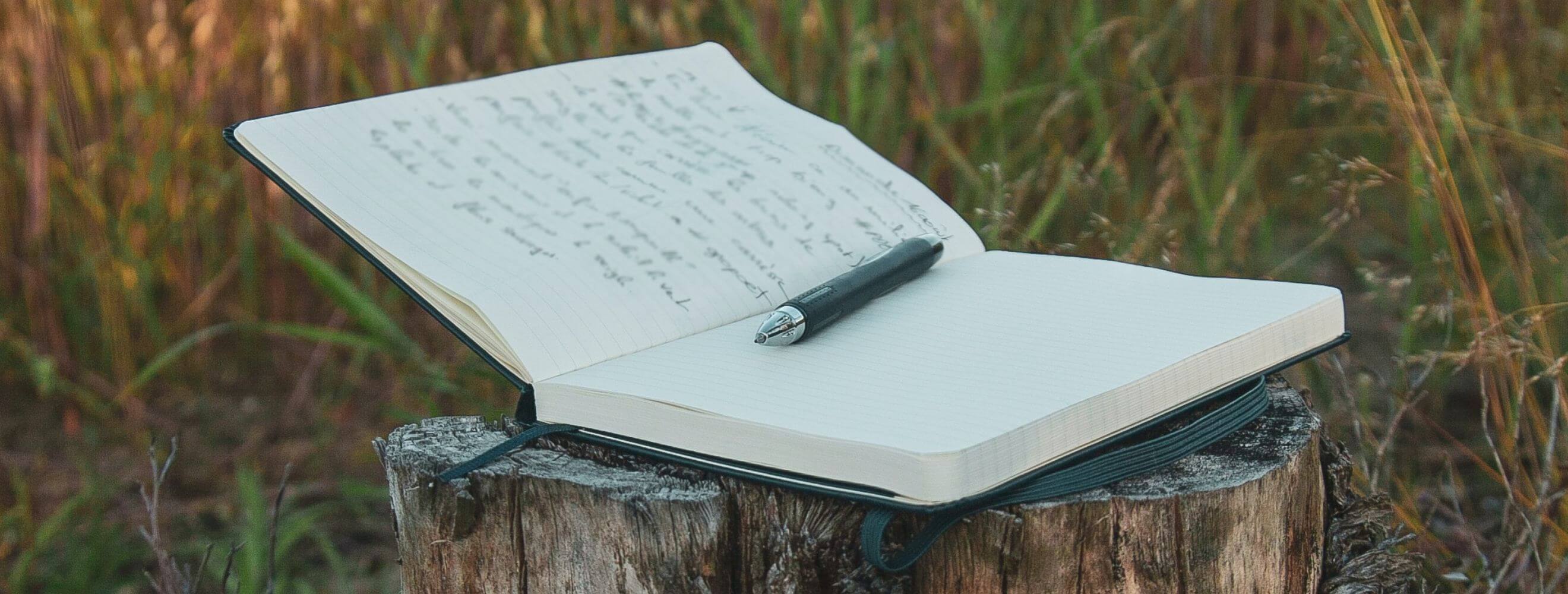Unexpected Survivor
THE land is too rocky to be farmable despite the fact that there is an aquifer far
below and an irrigation system nearby. It’s late in the spring and the sun has begun to
parch the land. Where I trek, igneous rocks, the icebergs of the desert, slice through
the sandy soil. It is here that I discover a rut in blue-gray lava rock that has been
smoothed by wear. The place I explore is part of the Kelton Stage Route east of
Hagerman, Idaho (“Kelton Stage Coach Route Map”). Beginning in 1869, travelers
and goods were transported from the First Transcontinental Railroad in Kelton, Utah,
now a ghost town, to Boise, Idaho (Jones Kelton Road; Jones South Boise).
In those days, Southern Idaho was usually not a destination but a path on the
way West—most likely California or Oregon. Now, strewn with rusted tin cans
discarded by previous occupants or hikers, it is a ghost trail, appearing for a short
span and then disappearing into a corn field, a dead end. The environment is so dry
that past travelers likely couldn’t have imagined that there was an aquifer below them
with water purified through the pores of the basalt igneous rocks.
I explore the sandy soil, seeking the silky, smooth, obsidian arrowheads left
behind by Native Americans who once traveled to the area to hunt white tail deer and
the salmon and steelhead that migrated through the Snake River. A lizard appears
before me and quickly vanishes into the sagebrush, where I glimpse a plant that seems
out of place amongst the weeds and cheat grass. At the tip of a light green stem, a
white flower with wedge-shaped petals partially opens to the sun. From a distance, I
think it might be a wild white rose, but as I take a closer look, I realize the flower isn’t
a rose at all. The center of the inner surface of the flower is bright yellow and the base
of each white petal is royal purple. A beautiful white flower growing in such a dry
environment perplexes me.
The type of vegetation that I have grown accustomed to in the area is cheat grass with its seeds that inevitably find their way into my cotton socks, scratching and
irritating my skin. But cheat grass seems harmless compared to goat heads with their
sharp horns that subtly dig into and attach themselves to the soles of my shoes. But
these are introduced species and not as well established in the sandy soil as the roots
of the sagebrush scattered across the landscape.
Years later, I find out that the bulb of the Bruneau Lily was once gathered by
Native Americans who savored its sweetness. In the right conditions, the lily’s bulb
takes years to form before springing up through the sand to flower, a lily of the genus
Calochortus, meaning “beautiful grass,” and the species bruneaunis, named after the
Bruneau River in Idaho, which during the 1800’s attracted French-Canadian fur trade
voyageurs in canoes. The fur traders named the murky river brun, meaning brown, and
eau, meaning water. How ironic that the Bruneau Lily is named after dirty water, as
lilies are known as a symbol of purity, innocence, and beauty. The lily is also known as
the Bruneau Mariposa Lily because its delicate snow white petals resemble a butterfly,
and, like a butterfly, its beauty is fleeting.
Little did I know when I first discovered the flower that it would be years
before I would see another. The delicate lily is a remnant of the native vegetation that
outlasted the immigrants’ transformation of the land, a treasured survivor in the
desert.
Works Cited
Jones, Larry. Kelton Road. Issue brief no. 74. Idaho State Historical Society, Jan. 1974.
Web. 16 Apr. 2014.
---. South Boise Stage Lines. Issue brief no. 465. Idaho State Historical Society, 1983.
Web. 16 Apr. 2014.
"Kelton Stage Coach Route Map." History and Culture. National Park Service, 19 Mar.
2014. Web. 16 Apr. 2014.
